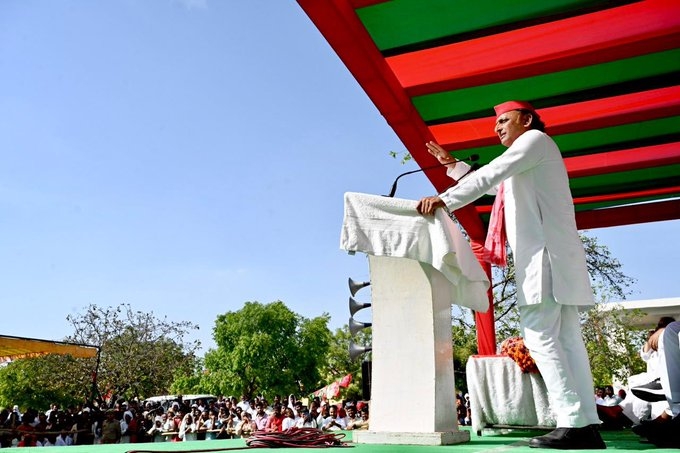The Day of the Tiger
_125005_730x419-m.jpg)
Tigers are not yet out of the brink but their tribe is increasing steadily though slowly. India can take pride in the success of the efforts made in the past over the conservation of the tiger population and protection of their habitat as more than half of the wild tigers in the world are in Indian forests.
One of the slogans given on the occasion of the creation of July 29 as the Tiger Day at the gathering of Tiger Range countries in St. Petersburg in Russia in 2010 was the doubling of the tiger population which, at that time, was on a steady decline. In another six years(2016), the bodies behind the Tiger Day such as World Wide Fund for Nature(WWF), IFAW (International Fund for Animal Welfare), and the Smithsonian Institute came out with the positive news that their numbers have increased.
The agenda of the Tiger Day was to tackle the problems of large scale habitat loss and increasing animal-human conflicts. The shrinking of forests and increasing human activity which comes with the fast urbanization of the tiger countries were issues of grave concern. All these were compounded by the absence of a political will and a flourishing global trade in tiger parts.
_125005.jpg)
As for India, which launched its Project Tiger to conserve the population of tigers back in 1973 after its first tiger census in 1972, the news of multiplying tigers is all the more encouraging. The 2016 figures worldwide put the total number of the big cats at 3890, a big leap from 3200 tigers in 2010. “The revival has been slow but steady. The overall situation is encouraging thought still there are multifarious issues threatening the world tiger population,” observes Rajpal Singh, author and member of the Wildlife Advisory Committee, Rajasthan.
“Each of the tiger country has its own specific problem. Take the case of Bangladesh, or even a more resourceful, Russia. The monitoring of tigers in the wild remains poor. One major reason is the vastness of the areas involved along with the paucity of resources,” Mr. Singh denotes.
Talking about tigers in India’s wild, the conservationists are more enthusiastic even when they concede that the crisis is not yet over. India which has tiger population in its 17 states has almost doubled their numbers since the commencement of the Tiger Day.
Tiger deaths are continuing to disturb both the tiger lovers and policy planners in India. As per the records of the Tigernet, collaboration among national Tiger Conservation Authority (NTCA) and the wildlife NGO, TRAFFIC, as many as 76 tigers were killed in the country during 2016. In the previous year the number of casualties was 69. Madhya Pradesh accounted for one third of the deaths while Karnataka, with the largest tiger population in the country, recorded 13 tiger deaths. A large number of deaths were due to direct or indirect human intervention. Poaching was found to be a major threat.
_125005.jpg)
“Tiger is not exactly burning bright the world over, though one cannot deny that they are doing reasonably well in India,” says Dharmendra Khandal, conservationist associated with the wildlife NGO, Tiger Watch. “We have reasons to celebrate in Rajasthan, especially in Ranthambhore. The tiger population in Ranthambhore has doubled. Their number is 67 now, highest in the history of the park,” notes Dr. Khandal. “Though I cannot say the same about Sariska tiger reserve which has had its own setbacks and still continues to falter,” Dr. Khandal observes.
BY NEWSBEE
First published: 28 July 2018, 19:16 IST





![BJP's Kapil Mishra recreates Shankar Mahadevan’s ‘Breathless’ song to highlight Delhi pollution [WATCH] BJP's Kapil Mishra recreates Shankar Mahadevan’s ‘Breathless’ song to highlight Delhi pollution [WATCH]](http://images.catchnews.com/upload/2022/11/03/kapil-mishra_240884_300x172.png)

![Anupam Kher shares pictures of his toned body on 67th birthday [MUST SEE] Anupam Kher shares pictures of his toned body on 67th birthday [MUST SEE]](http://images.catchnews.com/upload/2022/03/07/Anupam_kher_231145_300x172.jpg)






